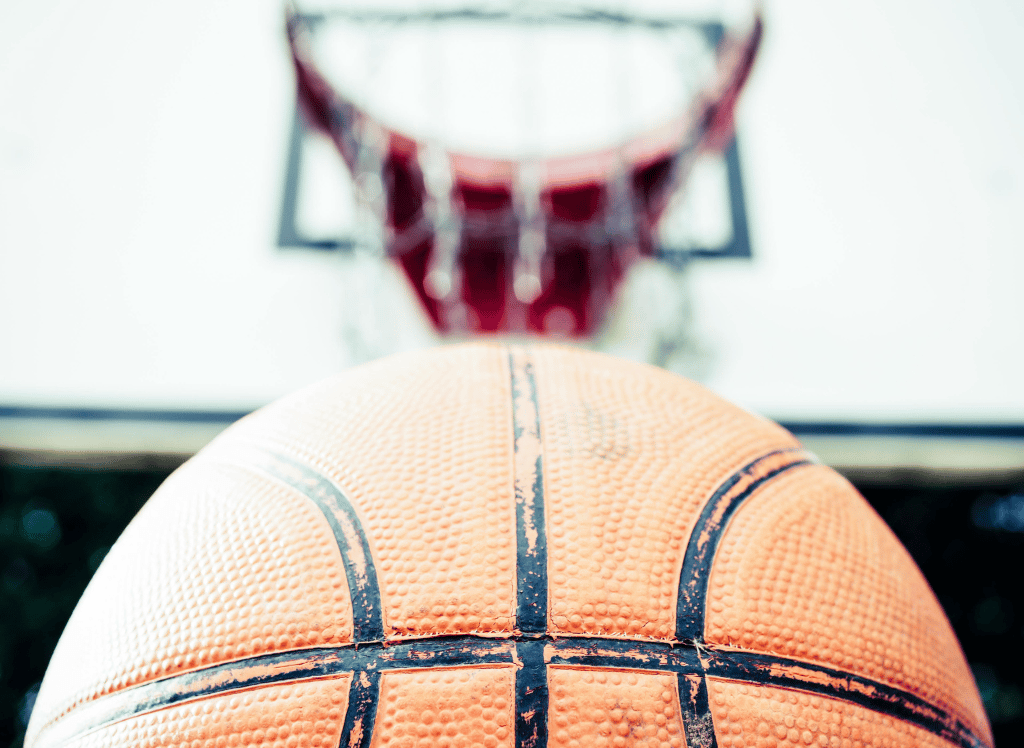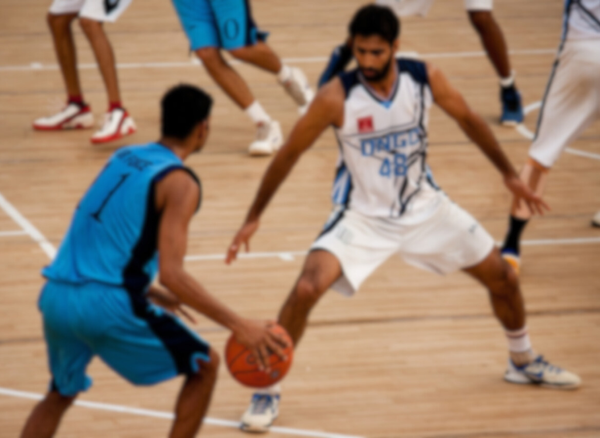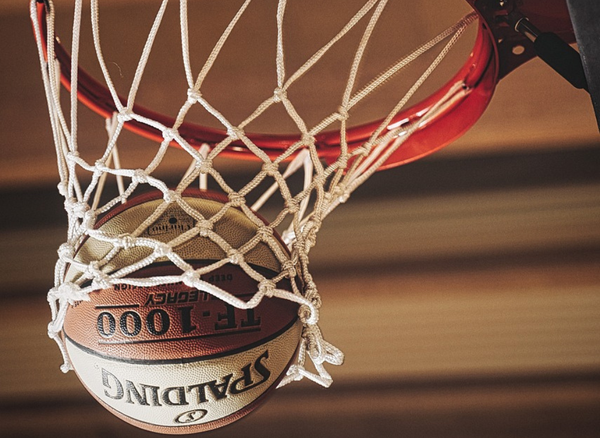Basketball is a game of high-flying dunks, ankle-breaking crossovers, and... dead balls? Yes, amidst the non-stop action, there's a pause-worthy phenomenon known as the - dead ball in basketball. It's not a zombie apocalypse on the court, but it's just as critical to the game's flow. Let's pause and find out what makes a ball dead, and why it's not just a case of the basketball needing a nap.
When a ball becomes as unresponsive as a teenager at a family dinner, we say the ball is dead. This happens more often than a squirrel's attempt to cross the road successfully.
It's the ball's timeout, and it's not moving until the ref says so. This can occur for various reasons, such as personal fouls, technical fouls, loose ball fouls, or even when the ball decides to take a detour out of bounds.
When the ball decides to take a vacation and ends up out of bounds, it's another dead ball scenario. The player who last touched it watches in despair as the ball crosses the line, like a pet watching its owner leave for work. The opposing team is then awarded the ball, and they get to throw in from the nearest spot where the ball decided to go rogue. It's a moment of triumph for one team and a facepalm moment for the other.
Now, let's talk about the drama that unfolds when a held ball occurs. It's like a tug-of-war, but with a basketball. Two opponents both grab the ball and refuse to let go, as if it's the last piece of pizza. The refs blow the whistle, the ball is dead, and a jump ball is called. The players then have to occupy adjacent positions in the center circle and jump for the tossed ball at the ref's signal. It's a battle of wills, and the ball is the coveted prize.
Technical fouls are the basketball equivalent of being sent to the principal's office. When a player or coach steps out of line, the ref blows the whistle, and the ball becomes as dead as a ghost town. The offended team gets a free throw attempt, and the ball is only put back in play once the free throw shooter has taken their shots. It's a costly mistake that can turn the ball dead and give the opposing team a chance to score easy points.
In the rare event that a fighting foul occurs, the ball doesn't just become dead; it's practically in the afterlife. The game stops immediately, and the involved players might face ejections or suspensions. It's like the ball is witnessing a soap opera unfold right before its eyes. The aftermath usually involves free throws and possession awarded to the team that was not involved in the scuffle. It's a serious matter, and the ball is sidelined until order is restored.
As the clock ticks down and time expires, any shot taken by an airborne shooter becomes a race against time. If the ball leaves the shooter's hands before the buzzer but doesn't touch the rim until after, it's a dead ball, and the points don't count. It's as if the ball had an existential crisis mid-air and decided not to cooperate. The offensive team groans, the defensive team sighs in relief, and the ball remains indifferent to the emotional turmoil it's caused.
Overtime periods are like bonus basketball, but they come with their own set of dead ball rules. If a player is injured and cannot continue, the ball is dead, and the game pauses while the player receives attention. It's a somber moment, and the ball waits patiently, understanding that health comes first. Once the injured player is taken care of, a substitute enters, and the ball is put back into play, ready for more action.
Dead Ball FAQ Section
What exactly is a dead ball in basketball?
A dead ball in basketball is a moment during the game when the ball is not in play. This can happen after a whistle is blown for a foul, violation, or when the ball goes out of bounds, among other scenarios.
Can a dead ball lead to a turnover?
Yes, a deadball can lead to a turnover, especially if it's the result of a violation by the offensive team, like a ball out of bounds or a double foul.
How does a dead ball affect the shot clock?
When a dead ball occurs, the shot clock is typically stopped and then reset or adjusted according to the rules, depending on who will have possession once the ball is put back into play.
What is a live ball?
A live ball is the opposite of a dead ball - it's when the game is in action, and the ball is actively being played by the players on the court. The clock is ticking, and points can be scored during this time.
Summary
In the wacky world of basketball, the term "dead ball" is as common as a sneaker squeak on the hardwood. It's a pause in the action that can happen for a multitude of reasons, from fouls and violations to the ball deciding to take an unscheduled break. Understanding these dead ball scenarios is crucial for players, coaches, and fans alike, as they can significantly impact the game's outcome. So next time you're watching a game and the ball goes dead, remember, it's not just taking a power nap—it's a strategic pause that adds to the thrill of the game.









